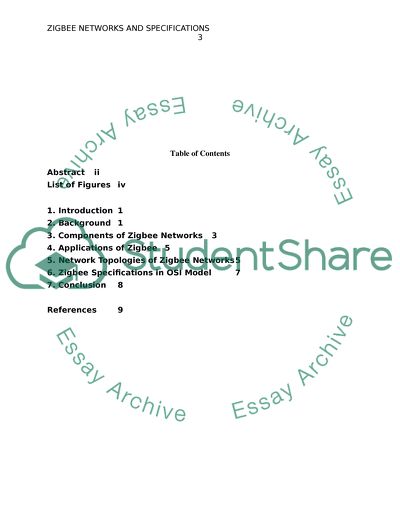Cite this document
(“Technical Report about Zigbee Network Essay Example | Topics and Well Written Essays - 1500 words”, n.d.)
Retrieved from https://studentshare.org/information-technology/1434170-technical-report-about-zigbee
Retrieved from https://studentshare.org/information-technology/1434170-technical-report-about-zigbee
(Technical Report about Zigbee Network Essay Example | Topics and Well Written Essays - 1500 Words)
https://studentshare.org/information-technology/1434170-technical-report-about-zigbee.
https://studentshare.org/information-technology/1434170-technical-report-about-zigbee.
“Technical Report about Zigbee Network Essay Example | Topics and Well Written Essays - 1500 Words”, n.d. https://studentshare.org/information-technology/1434170-technical-report-about-zigbee.


